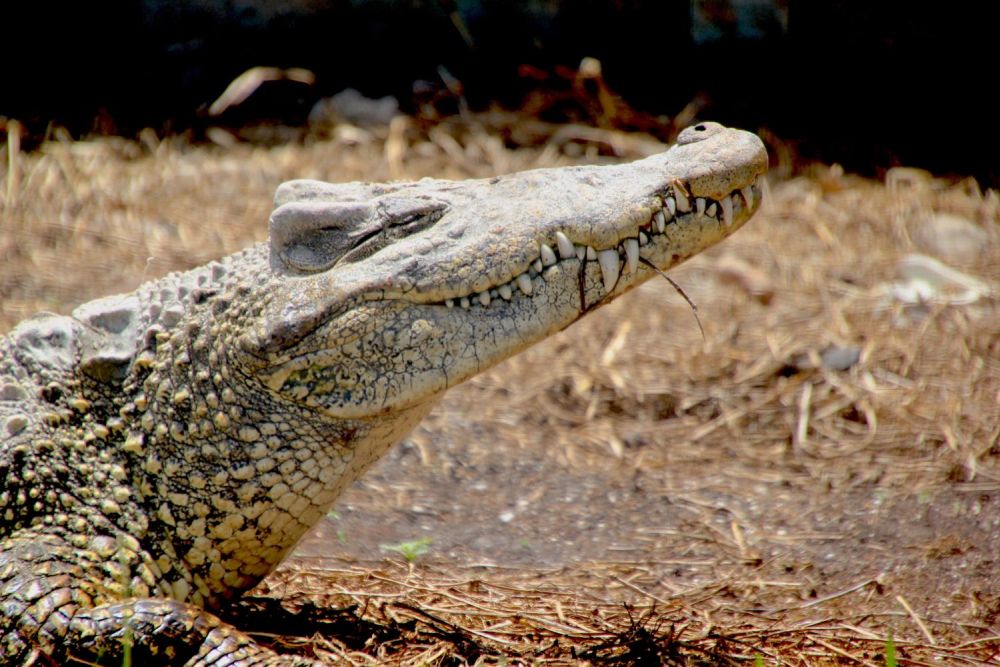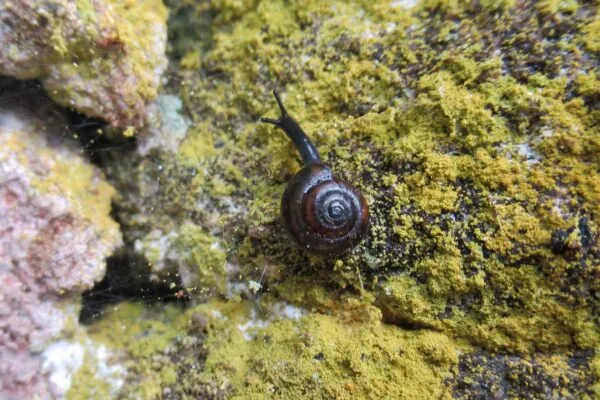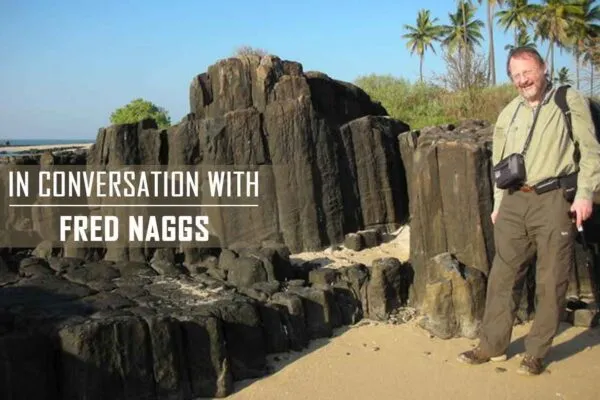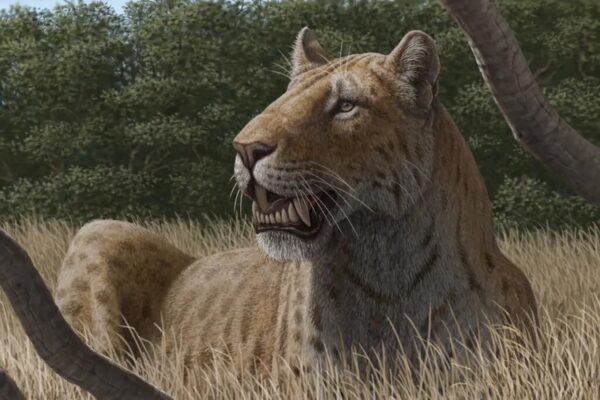Global Reptile Assessment States One in Five Reptiles Facing Extinction
Marking the culmination of over 20 years of slow-going research, the new paper highlights the risk of reptilian extinction
In the fast-changing world, good news seldom comes across. While most of humankind is eager to destroy the planet to attain its selfish goals in the name of progress and technology, scientists and a handful of people are working toward wildlife conservation. So the news of over one in five of the world’s reptile species facing extinction comes as a blow to the cause. On top of that, the scaled creatures are also the object of partiality in conservation priorities.
In conservation efforts, an often disregard has been seen in the assessment of threats to turtles, crocodiles, lizards, snakes, and tuatara. This bias is evident in the fact that this comprehensive assessment of data on reptiles took two decades, whereas similar assessments for birds, mammals, and amphibians were completed over a decade ago.
The new paper was published in the journal Nature, where authors have tried to pinpoint the cause of the lacking efforts to conserve reptilian species.
Bruce Young, co-lead of the study, said;
Reptiles, to many people are not charismatic, and there’s just been a lot more focus on some of the more furry or feathery species of vertebrates for conservation. But through persistence, we were able to find the funding needed to complete the study.
After the completion of the global assessment of reptiles, conservationists were able to figure out which species are the most vulnerable. For instance, the iconic King Cobra, which is currently labelled as “vulnerable” by the International Union for Conservation of Nature (IUCN), is very close to extinction. The study also discovered that 31 reptile species have already gone extinct.

Image: André Baumgarten/WCS
The assessment began in 1996 to figure out the conservation status of 10,196 reptile species. The data came from 48 separate workshops that worked between 2004 and 2019. Reptile experts compiled vital information to determine the extinction risk to different species during these workshops; however, given the time it took to complete the task, about 15 percent of this data is already outdated. Moreover, about 15 percent of the species don’t have enough data to know their exact conservation status.
What is even more alarming is that 21 percent of these reptile species (1,829 individual species) are facing the risk of extinction, which could easily be an underestimation. The study also suggested that with biodiversity decline and outdated assessments, species are in a dire situation than previously thought.
Among reptiles, turtles and crocodiles face some of the highest risks of extinction. The study found about 58 percent of turtles and 50 percent of crocodiles to be threatened with extinction. The study plainly stated that if wildlife equilibrium is to be maintained, it is absolutely crucial to conserve these species from vanishing.
Via: The Verge


